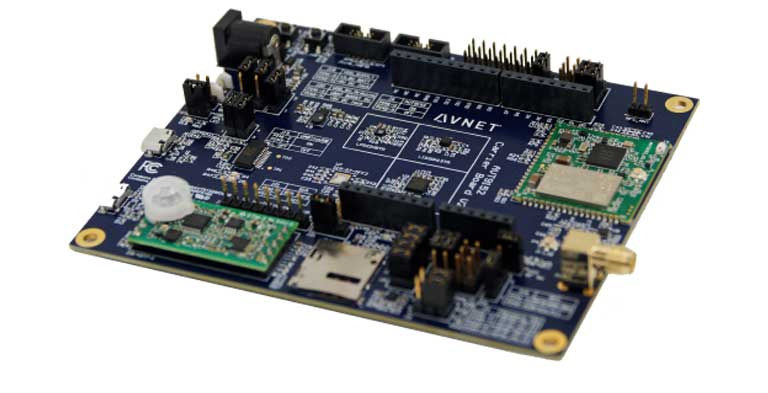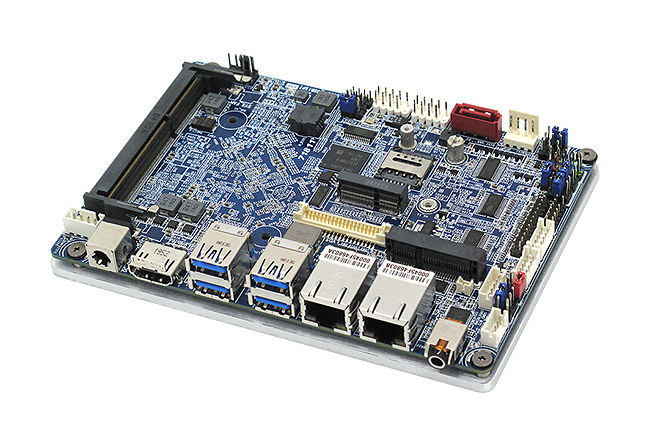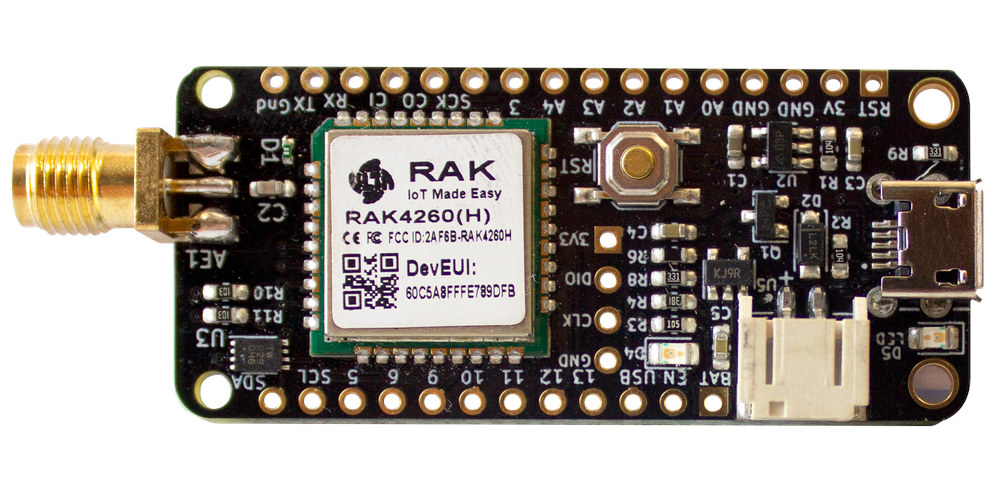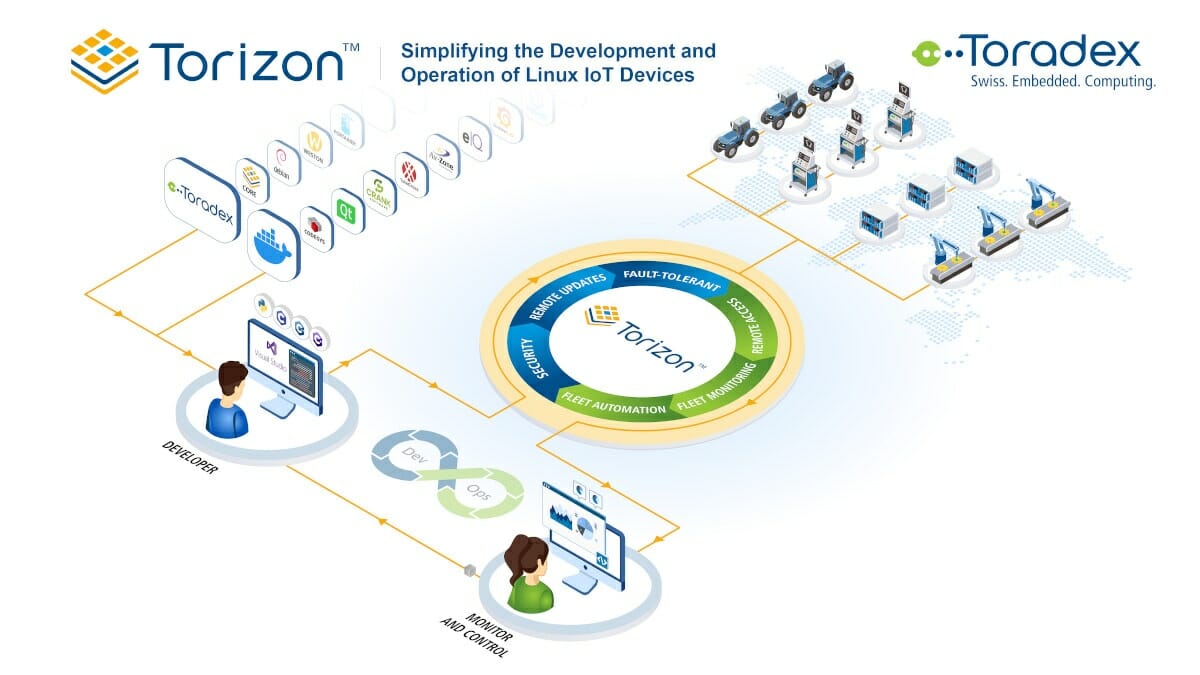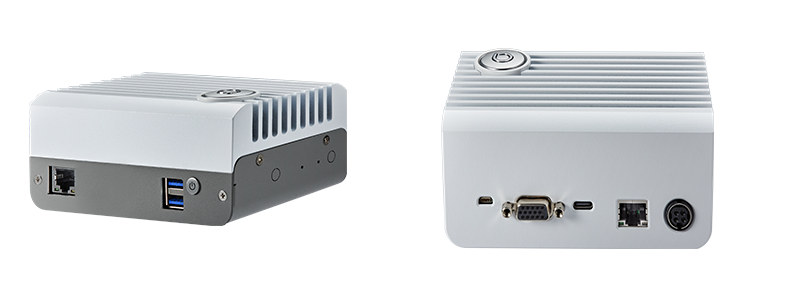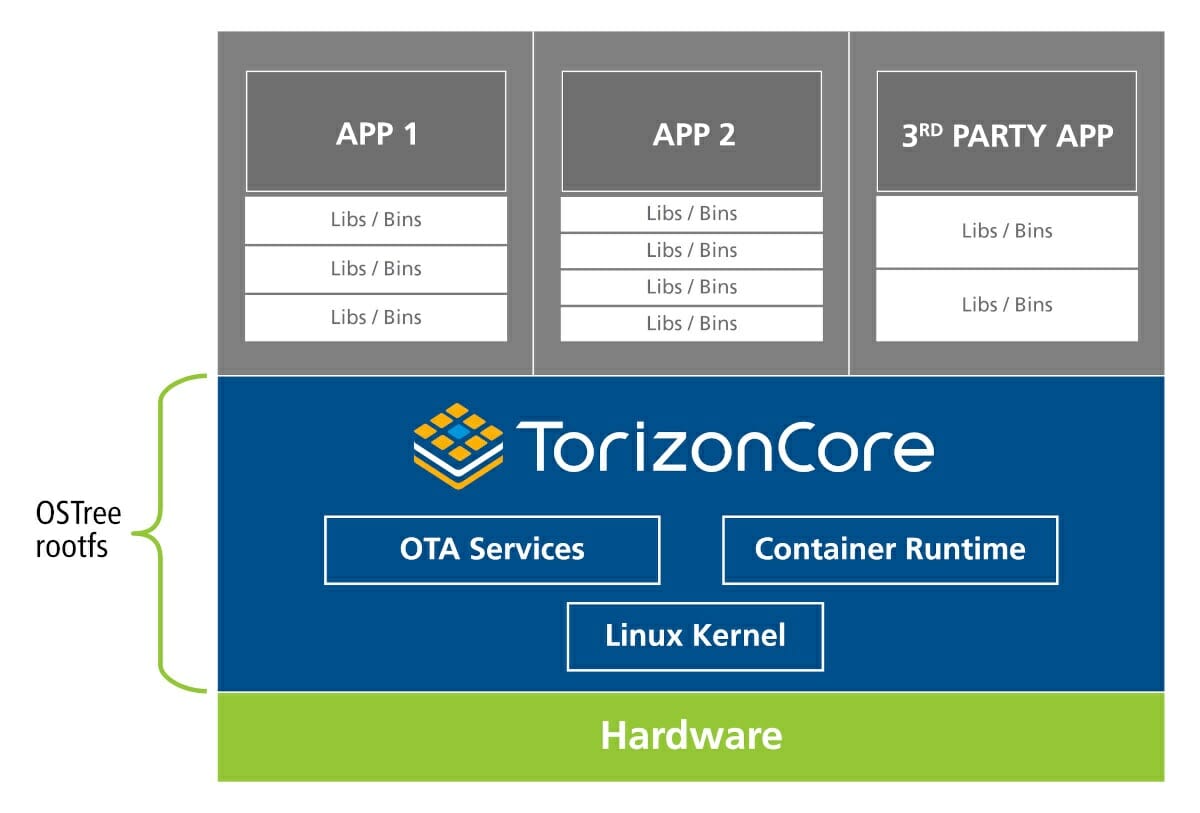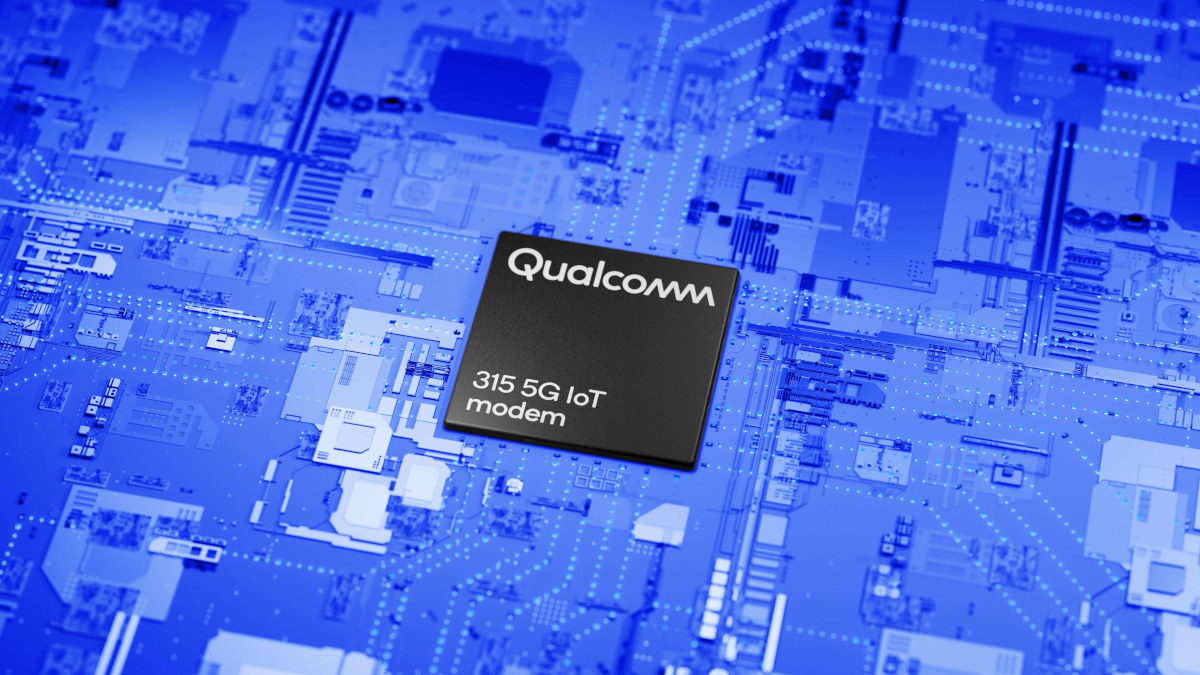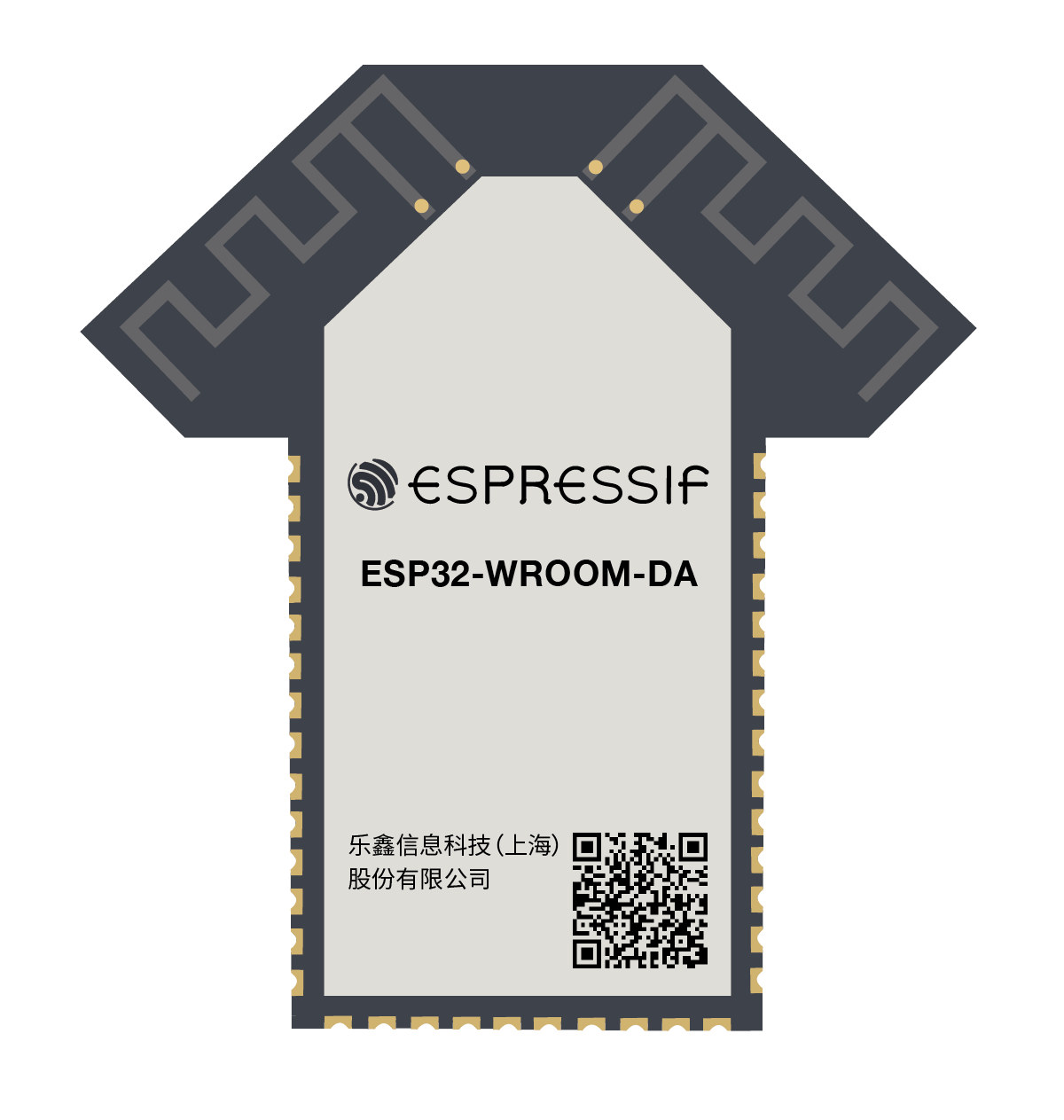Avnet AVT9152 is an IoT module and development kit that combines two Nordic Semi wireless solutions, namely nRF52840 Bluetooth 5.2/LE multiprotocol SoC and nRF91 IoT cellular system-on-module with NB-IoT, LTE-M, and GPS connectivity. The module supports Avnet’s enterprise-ready IoTConnect Platform, and the development kit combines with IoT module with a 3-axis accelerometer, a 3-axis gyroscope, as well as pressure, temperature, relative humidity, ambient light, and motion (PIR) sensors to help with the development of IoT applications such as tracking devices, vending machines, points-of-sale, smart buildings, industrial IoT, and more. Avnet AVT9152 module – nRF52840 + nRF91 Key features and specifications: Wireless SoC/SiP Nordic Semi nRF9160 Cortex-M33 based system-in-package (SiP) with LTE-M/NB-IoT global carrier certification for LPWAN connectivity; support for power save mode, PSM and eDRX Nordic Semi nRF52840 Cortex-M4F microcontroller with Bluetooth 5.0 and Bluetooth LE for short-range communication Flexible LTE and GPS antenna options 50x castellated holes with UART, […]
3.5-inch SBC targets industrial applications with 9-36V wide-range DC-in
BCM Advanced Research ECM-3455J is an upcoming 3.5-inch SBC designed for industrial application with 9-36V wide range DC-in support, an Intel Celeron J3455 quad-core Apollo Lake processor, up to 8GB SO-DIMM memory, and 32GB on-board eMMC flash. The single board computer also comes with HDMI and LVDS video out, dual Gigabit Ethernet, an M.2 socket a micro SIM socket for cellular connectivity, as well as up to eight USB interfaces, and a thick and large heatspreader for fanless operation. ECM-3455J specifications: SoC – Intel Celeron J3455 quad-core Apollo Lake processor @ 1.5GHz / 2.3GHz (Burst Frequency) with Intel HD graphics 500; 10W TDP System Memory – 1x 204-pin SO-DIMM DDR3L-1600MHz socket for up to 8GB RAM Storage – 32GB eMMC flash (option: 64GB), 1x SATA III port, mSATA socket (See expansion), 64Mbit SPI flash for AMI UEFI BIOS Video Output 18/24-bit dual-channel LVDS through Chrontel CH7511B embedded DisplayPort to LVDS […]
BastWAN Feather-compatible LoRaWAN board features RAK4260 Microchip R34 module
We’ve previously written about a Feather-compatible LoRaWAN board equipped with RAK4260 module based on Microchip R34 LoRa SIP called Penguino Feather. It appears somebody, namely Electronic Cats based in Mexico, decided to design an almost identical board with BastWAN. Let’s see if there are any differences besides the cheaper price. BastWAN specifications: LoRa module – Rak wireless RAK4260 module with: SiP – Microchip SAML21 Arm Cortex M0+ MCU @ 48 MHz, 32 KB RAM, 256 KB Flash, Semtech SX1276 LoRa Connectivity Frequency Range – 862 to 1020 MHz High level of accuracy and stability (32MHz TXCO) Max Tx Power: 20dBm; Max Sensitivity: -148dBm; Rx Current: 17mA (typical) Compliant with LoRaWan 1.0.2 Antenna – SMA and u.FL (IPEX) antenna connector I/Os – Feather headers with 20x IO pins including PWN, serial, I2C, SPI, 6x 12-bit ADC, 1x 10-bit DAC HW security – ATECC608A crypto authentication chip Programming and debugging 10-pin 4-pin […]
Toradex extends Torizon to Development and Operation (DevOps) Platform for IoT Linux Devices (Sponsored)
Toradex is extending its Torizon to a full IoT Development and Operations (DevOps) Platform for Linux Devices, including free hosted remote updates, device monitoring, and fleet management solution. Torizon enables modern, iterative product development by seamlessly integrating hardware, a Linux OS, development tools, remote updates, and fleet operations. Thereby creating a scalable solution for devices requiring high reliability and security. In a paper from May 2021, Forrester Consulting finds that Traditional embedded development practices are insufficient when building smarter, digital products and that 79% of decision-makers say challenges with smart product development and delivery negatively impact their firms in delivering digital products. Torizon brings state-of-the-art product development principles to demanding applications in industries such as Industrial Automation, Healthcare, Smart City, and Transportation. Torizon allows for faster shipping of products, continuous improvements in customers’ user experience, bug fixes, and patching of security vulnerabilities in a secure and robust way. Software Developers […]
Aetina DeviceEdge Mini Edge AI computers support NVIDIA Jetson SO-DIMM modules
NVIDIA Jetson modules offer a wide range of AI performance starting from the entry-level 492 GFLOPS Jetson Nano module up to the 32 TOPS Jetson AGX Xavier platform. That’s probably Aetina decided to offer its DeviceEdge Mini AI edge solution with either Jetson Xavier NX, Jetson Nano, or Jetson TX2 NX pin-compatible SO-DIMM modules designed for applications in smart transportation, factories, retail, healthcare, AIoT, robotics, etc… The three models M1, M2, and M3 can all take the Jetson modules listed above, and come in a very similar form factor with the following key features: Common features: Storage – 128GB M.2 NVMe SSD (default) Video Output – Micro HDMI 1.4 connector Networking – Gigabit Ethernet RJ45 port, optional WiFi/Bluetooth M.2 module USB – 1x USB Type-C OTG only port Expansion 1x M.2 2242 M-key socket fitted with NVMe SSD 1x M.2 2230 E-key socket for optional Wifi/BT function 1x DB15 male […]
Combining OSTree and SW Containers for reliable IoT Device updates
CNXSoft: This is a guest post by Drew Moseley, Technical Solutions Architect at Toradex, explaining how the company updates Linux IoT devices firmware with OSTree (aka libostree) open-source operating system build and deployment tool, as well as Docker software containers. Every day more and more connected devices are being brought to market and estimates for the total size of the Internet of Things (IoT) market are as high as $1.5 trillion by 2027. Gas pumps, medical devices, and point of sale systems are increasingly connected, making it virtually impossible to avoid interacting with these devices, even for complete Luddites. In the home, devices such as power meters, light switches, and security cameras are commonly internet-enabled allowing for smart home functionality. The level of complexity in the software for these devices increases with the functionality, and the number of devices with software defects in the field is growing. In many cases, […]
Qualcomm 315 5G IoT modem announced for 5G IIoT applications
Qualcomm has announced the Qualcomm 315 5G IoT modem just a couple of days after the company’s introduction of Snapdragon 778G 5G SoC and M.2 5G card reference designs based on Snapdragon X65/62 modem. Qualcomm Technologies say it is their first purpose-built Internet of Things modem solution equipped with 5G connectivity and optimized for Industrial IoT (IIoT) applications. Qualcomm 315 5G IoT modem Qualcomm 315 5G IoT modem specifications: CPU – Cortex-A7 core running Linux Cellular connectivity 5G Technology – 3GPP Rel.15 5G NR Peak speeds – Download: 1.54 Gbps; upload: 330 Mbps Modes – SA (standalone), TDD & FDD RF – Adaptive antenna tuning, power tracking Sub-6 GHz Specs – 100 MHz bandwidth, 4×4 MIMO DL, 64 QAM DL/UL 4G LTE Technology – Rel.15 Cat.13 DL, Cat.5 UL Peak speeds – Download: 400 Mbps; upload: 75 Mbps LTE Modes – TDD & FDD LTE RF – 700 MHz to […]
ESP32-WROOM-DA dual PCB antenna WiFi module aims for longer range, better reliability
Espressif Systems ESP32-WROOM-DA is another ESP32 based WiFI & BLE module with a twist as its dual PCB antenna design aims to provides a longer range and more reliable connectivity by automatically switching to a specific PCB antenna depending on signal strength. The new module features ESP32-D0WD-V3 dual-core Xtensa LX6 dual-core processor with a maximum frequency of 240 MHz, along with 520 KB of SRAM and 448 KB of ROM, and has been designed to be pin-to-pin compatible with ESP32-WROOM-32E module found in products such as Pico Wireless, in order to ease migration between the two modules. Espressif did not provide detailed specifications for the new WiFi module, but assuming it’s mostly based on ESP32-WROOM-32E design, ESP32-WROOM-DA should have the following key features & specifications: WiSoC – Espressif Systems ESP32-D0WD-V3 embedded, Xtensa dual-core 32-bit LX6 microprocessor, up to 240 MHz with 448 KB ROM for booting and core functions, 520 […]


